Oppo Find X2 Pro review
We may earn a commission if you make a purchase from the links on this page.

Summary
The real Galaxy S20 Ultra killer
Once in a blue moon, a phone comes across our desks that leaves a lasting impression, and Oppo's Find X2 Pro is a welcome surprise of a flagship that does most everything right and in style.
Its display is one of the best in the industry, and does 120Hz better than what Samsung did with the S20 series. Its charging is the fastest on a commercial phone, the battery life is superb, the periscope zoom clean, and it delivered some of the highest benchmarks we've seen from Android handsets.
Apart from a camera misstep or two, the Oppo Find X2 Pro is one of the finest handsets you can buy at the moment, and that is reflected in its unapologetic pricing that puts it on equal footing with the Galaxy S20 and iPhone 11 series.
Design and display
Probably the best 120Hz phone display
While the first Find X was somewhat of an experimental device, what with the sliding camera design and all, the advent of punch hole cameras dropped the need for more complex solutions of the "all-screen" phone conundrum.
That's exactly what the Find X2 Pro uses to sprawl its big, beautiful, curved 6.78" display from top to bottom, while still leaving a tiny slit for a good old-fashioned earpiece that doubles as a stereo speaker.
The phone is, thankfully, available in two finishes, as opposed to giving you too many options - a black ceramic body, and one with vegan leather. The so-called orange (rather salmon or coral) color of the eco leather one that we have, is an acquired taste, what with the golden sides and all.
We, however, came to appreciate the choice of material in the sea of fragile glass sandwich phones. You don't have to baby it, it has a good traction in the hand, and, above all, you don't really need to put it in the official case that's in the box.
The phone is tall, but narrow, so it is comfortable to operate it with one hand, and the curved sides make the back gesture a breeze despite that it does have a preinstalled screen protector.
The 6.78" 1440p "Ultra Vision" screen can already do exactly what OnePlus is promising for the 6.78"120 Hz "Fluid Display technology of the 8 Pro. Variable refresh rate based on the content you are currently viewing? Check.
120Hz at the full 1440p screen resolution? Check. Upscaling content frame rate to match the one of the display? Yep, Oppo calls it Ultra Vision Engine, and it is able to upscale video to 60fps as well.
120Hz at the full 1440p screen resolution? Check. Upscaling content frame rate to match the one of the display? Yep, Oppo calls it Ultra Vision Engine, and it is able to upscale video to 60fps as well.
Moreover, this refresh rate changes automatically depending on what you have running to save on battery (again, unlike the S20 Ultra), and here are Oppo's answers on our questions how does it all work exactly:
PhoneArena: Which apps get what Hz in Auto Select - is it 120Hz in Chrome, but 60Hz in, say, video playback? What about the interface?
PhoneArena: Are there content categories other than video that you plan to upscale to higher frame rates with the Ultra Vision engine?
Answer: Currently, the O1 Ultra Vision engine is focused on video upscaling and HDR enhancement, and so does not support other content categories.
The display is basically able to do what MEMC TVs do, automatically increasing frames in video to up the rate, and take better advantage of the high refresh rate even with content that is usually shot with 24fps or 30fps.
What about brightness and image quality? We are glad to report that this full-featured 120Hz panel of the Oppo Find X2 Pro is right up there with the best mobile displays, and then some. Our display benchmarks of the 6.78" 1440p screen demonstrate that the OnePlus CEO wasn't teasing when he said that this panel nay be the "best smartphone display in 2020." Detailing the panel's virtues in a blog post, he also mentioned that:
Is it that good? Well, judge for yourself, as we have the numbers on measuring the screens brightness, white balance, or gamma.
In order to reach industry-leading color accuracy standards, we have added an additional automatic color calibration machine to the production line. By adding an extra 30 seconds to the production time, each display panel is automatically calibrated for color accuracy before it’s released.
Is it that good? Well, judge for yourself, as we have the numbers on measuring the screens brightness, white balance, or gamma.
As you can see from the color chart distribution, the Find X2 Pro display covers the standard gamut better than the one of the Galaxy S20 Ultra chart, especially the all-important greens, despite being produced by the same manufacturer, and it is also brighter.
All those features and the extra calibration efforts make it one expensive panel to source and develop, though, and when you add the other top-shelf components, make for an expensive phone. Still, the panel is currently the best that Android can offer in terms of overall features - it is able to adaptively do 120Hz at the full QHD+ resolution (something that the S20 Ultra can't do), and surpasses it in brightness and color credibility, in a student teaches the master moment.
Camera and audio
Results without extreme resolutions
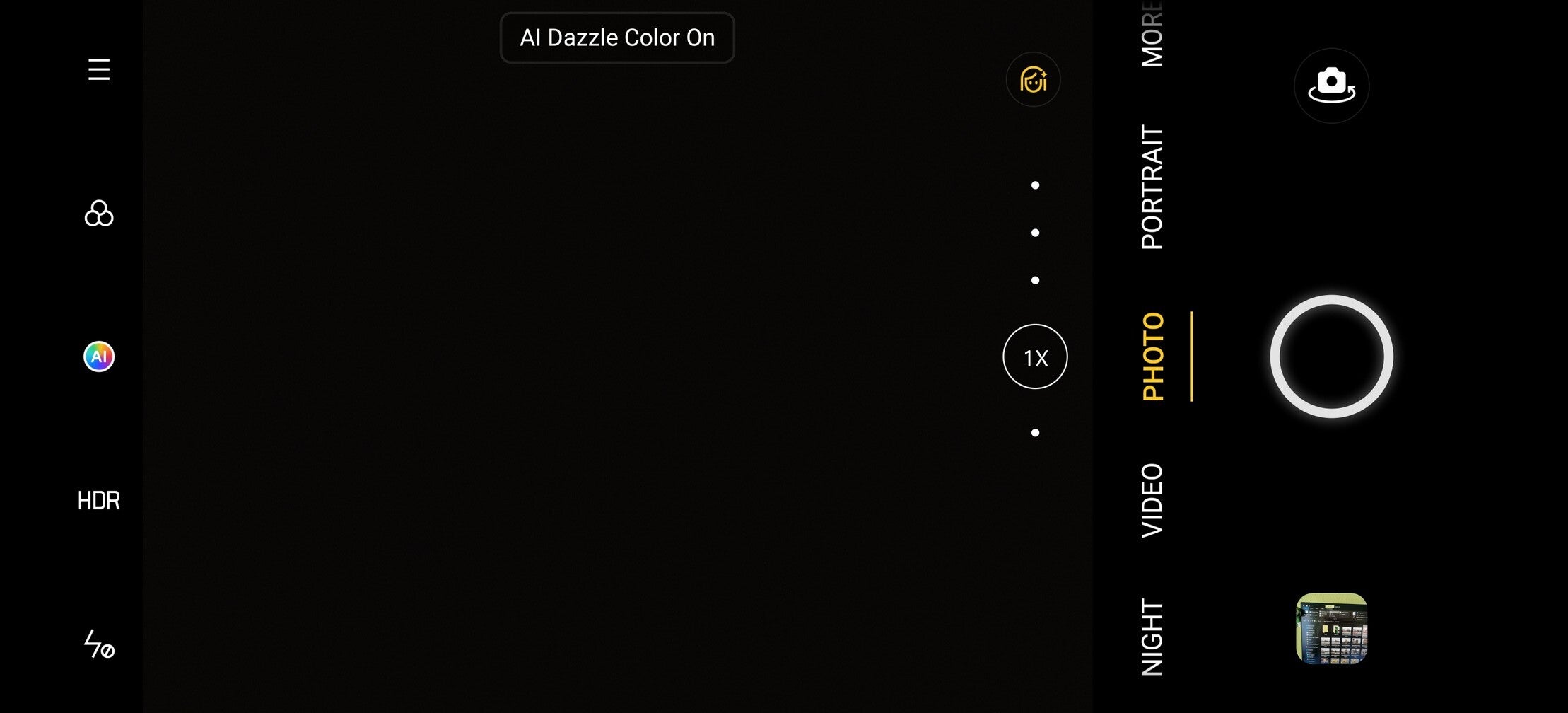
Instead of throwing 108MP or 64MP hardware at the camera section, Oppo made do with a 48MP sensor, but a custom-built Sony IMX689 (F/1.78 aperture), and another 48MP IMX586 for the ultra-wide angle shots (F/2.2). The sensor features omnidirectional Phase Detection AutoFocus (PDAF) like on Samsung or Huawei flagships that ensures instant focusign and refocusing while shooting video.
Oppo created it with increased light sensitivity and dynamic range in mind, as well as better signal-to-noise ratio. The end results? Sharp, very pleasing photos, with natural color presentation, and good dynamic range. The 5X periscope zoom camera with up to 10x hybrid optical/digital zoom abilities also delivers clean and sharp magnification.
The camera AI does a good job in deciding which scene settings to use in most every scenario, and we'd recommend to shoot in the "Dazzle color" mode, as otherwise the colors a bit too bland and realistic for today's warm and saturated standards. At night, the phone sometimes loses focus and gets tricked by warm neon colors and lamp halos at night, unless you tap on them specifically, but you can always use the Night mode which is very fast to take and save a picture, especially when compared with, say, the S20 Ultra.
Video recording can go up to 4K at 60fps, as Oppo eschews the gimmicky 8K recording that the Snapdragon 865 processor is certainly capable of, and the resulting footage is smooth, with almost instant continuous autofocus, and very clean zooming abilities.

Turn on the Super steady and Auto HDR modes, and the video becomes floating, with punchier colors, and able to record bokeh portraits of people with a real-time background blur. The same video bokeh can be applied to the 32MP front camera as well.
As for audio, the phone carries a Dolby Atmos faux surround sound system, with the earpiece doubling as second stereo speaker, basically rounding up one of the beter multimedia packages on a flagship phone out there.
Oppo Find X2 Pro Color OS software and performance
AnTuTu record and dark mode for all apps
Oppo's Color OS 7 coat of paint over Android 10 is one of the most mature and polished interface efforts out there. From the ubiquitous dark mode that can be forced upon third-party apps as well, to choosing whether the pull-down gesture should bring down the notification shade or the search field, everything is customizable and works smooth as butter on the 120Hz display.
Always-on dislplay, app drawer view, top-notch screen recording with internal audio, calculator in the status bar toggles, gaming-friendly interface - you name it, it's there. Granted, the forced dark mode for third-party apps doesn't work perfectly everywhere, but for a beta feature it brings the most complete dark mode we've seen on a phone, righting the wrongs of developers who haven't yet gotten around darkening their apps.
All that jazz is running fast and furious on the screeching Snapdragon 865 chipset, and you can even tune interface animations for speed or complexity. In fact, our unit with the fastest Qualcomm processor out there, 12GB RAM and 512GB storage, notched some of the highest benchmark scores we've seen on AnTuTu, only surpassed by the newest iPad Pro 2020.
Oppo Find X2 Pro battery life and charging speeds
Record charger, long battery life
The 4260mAh battery may not sound like much considering the phone's 5G connectivity and 120Hz at 1440p display but Oppo is doing some clever adaptive refresh trickery to squeeze the most juice out of the pack without compromising the fluid performance. Here's how the company tested it before we list our own numbers.
PhoneArena: What is the power draw difference between the Auto Select screen refresh rate setting, and 120Hz only?
Answer: Generally, 120Hz consumes more power than Auto Select mode. To help you better understand the 120Hz’s effect on battery life of Find X2 Pro, we specially asked OPPO to provide the battery test data under the mode of using QHD+ and 120Hz refresh rate simultaneously, and the mode of using QHD+ and Auto Select mode refresh rate at the same time. Comparing the data listed below, under the same status, the battery life under the Auto Select mode lasts about 1 hour longer compared to that when the refresh rate of 120Hz is continuously maintained.
Answer: Generally, 120Hz consumes more power than Auto Select mode. To help you better understand the 120Hz’s effect on battery life of Find X2 Pro, we specially asked OPPO to provide the battery test data under the mode of using QHD+ and 120Hz refresh rate simultaneously, and the mode of using QHD+ and Auto Select mode refresh rate at the same time. Comparing the data listed below, under the same status, the battery life under the Auto Select mode lasts about 1 hour longer compared to that when the refresh rate of 120Hz is continuously maintained.
These numbers pretty much reflect our browsing test experience. Using the default adaptive display mode saves on power draw, and our own battery benchmark at 200 nits of screen brightness, returned 9 hours and 31 minutes of screen-on time at 120Hz, against 10 hours and 24 minutes in the default Auto Refresh rate mode.
For comparison, the Galaxy S20 Ultra with its 5000mAh battery, lasted 10 hours 2 minutes at 120Hz refresh on the same test. We didn't run the 60Hz-only mode because we are not 2019, but from the difference in power consumption that we measured, the battery life on it should be about 20% higher.
The fastest charging flagship phones of 2020 so far:
- Oppo Find X2 Pro - 65W
- Samsung Galaxy S20 Ultra - 25W
- Huawei P40 Pro - 40W
Just think about these words - Warp, Vooc, Super, Turbo - what do they tell you? Exotic or ho-hum marketing for the ultrafast phone charging technology of Oppo, OnePlus, Huawei and the likes, of course.
Chinese phone makers have been at the forefront of top hardware accouterments for a while now, culminating in the fastest charging, biggest batteries and longest camera zoom ranges compared to their competition.
The 100W number is the limit of what the current USB-C Power Delivery standard can offer, but it's yet to hit a retail phone. There are already phones you can buy right now, however, with 65W chargers that come in the box, and the Oppo Find X2 Pro is the best representative of this trend.
Back in 2018, the 55W Super VOOC charger that Oppo's Find X Lamborghini edition could take, was able to pump its 3730 mAh battery to the max in 35 minutes, and that was till the record to beat until recently.
Needless to say, when we got the Find X2 Pro for review, and noticed a 65W Super VOOC 2.0 charger in the box, the first thing we did with the phone was to drain its battery, and put it on the charger.
Lo and behold, the Oppo Find X2 Pro set a new fast charging record in our benchmark tests, made possible only by its unique combination of charging circuitry, brick and cable that communicate with each other how and when to rev up or slow down the electrons.
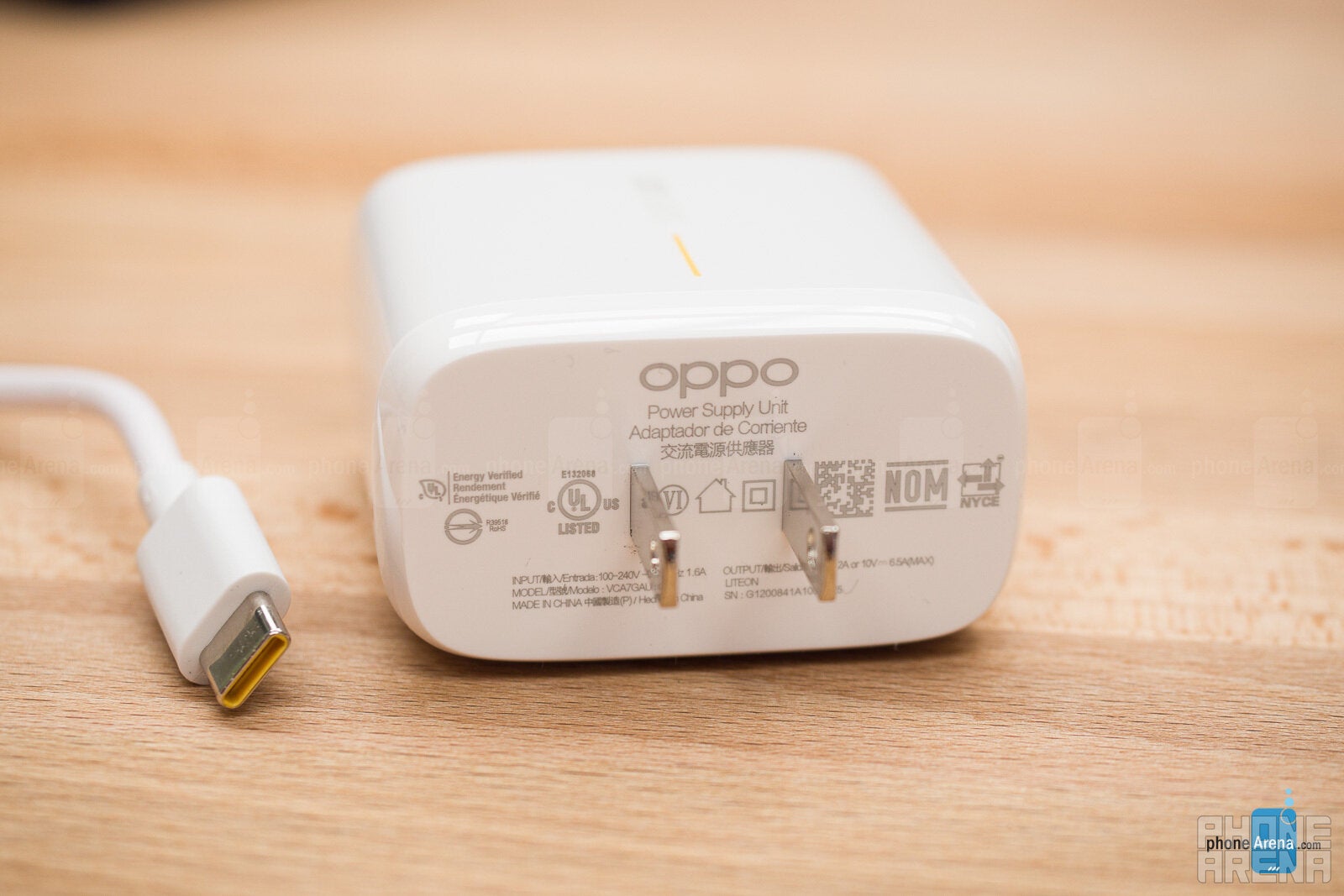
The 65W Super VOOC 2 brick of the Oppo Find X2 Pro set a new fast charging record in our battery benchmarks
We also tested the charging speed with a 40W Super Charge brick from the P40 Pro to demonstrate that these technologies are brand-specific, and require the original chargers. Unsurprisingly, the 40W Huawei charger took an hour and 20 minutes instead of the 38 minutes that Oppo promises with the X2 Pro's own 65W charger.
Let's break those numbers down to the new fast charging normal for the three best spring 2020 flagships:
| Oppo Find X2 Pro (4260mAh) 65W Super VOOC 2.0 | Samsung Galaxy S20 Ultra (5000mAh) 45W charger | Huawei P40 Pro (4200mAh) 40W Super Charge |
|---|---|---|
5% in 2 minutes 54% in 15 minutes 71% in 20 minutes 97% in 30 minutes 100% in 39 minutes | 37% in 15 minutes 70% in 30 minutes 89% in 45 minutes 100% in 60 minutes | 30% in 10 minutes 50% in 25 minutes 80% in 40 minutes 100% in 59 minutes |
As you can see, while an hour to fully fill the 5000mAh battery of the Galaxy S20 Ultra is certainly impressive, taking the 4260mAh pack of the Oppo Find X2 Pro to 71% in just 20 minutes on the 65 charger is even more so, as is the 97% charge in half an hour.
Even if we normalize for the battery size differences, the Find X2 Pro would've still charged much faster than the S20 Ultra. You can literally top up your phone to the brim while grabbing a gas station coffee now. A very welcome development, and the prolonged trickle charge at the very end of the session tells us that the battery pack longevity is taken care of, too.

















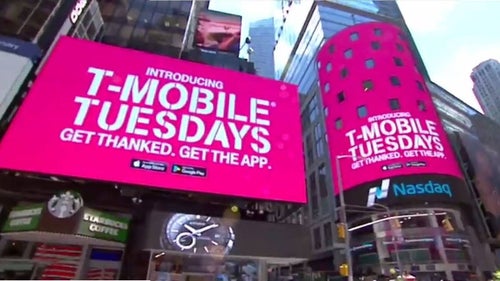
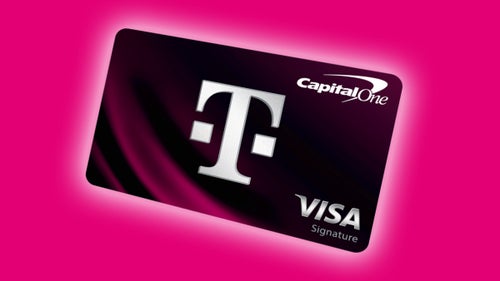
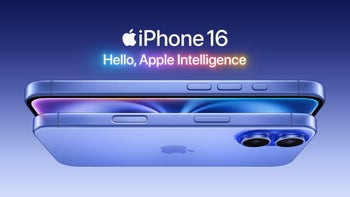
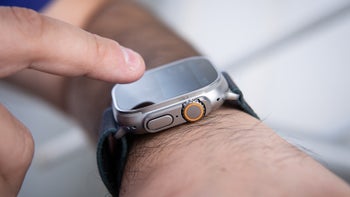
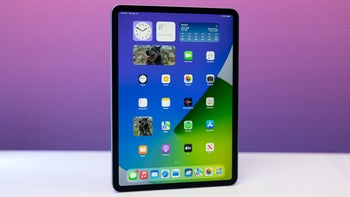
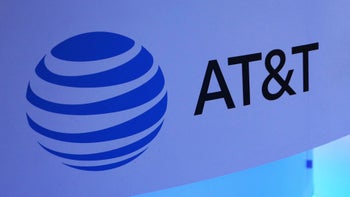
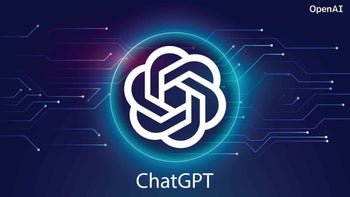
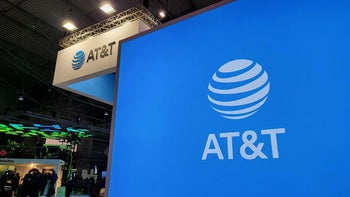
Things that are NOT allowed: